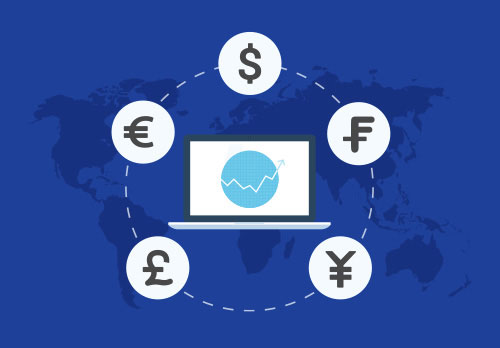Libor, pronounced lie boar, was an obscure benchmark known only to bankers and finance wonks until Bob Diamond rolled it out for the cameras in 2012. When the scandal died, the benchmark receded back into obscurity.
(It should be remembered that the scandal, which claimed Mr Diamond's scalp, hit Barclays because they admitted to fiddling with it. As the fallout continues five years later, it's clear that others were equally fiddling—but made no such admission.)
But now Libor is back. In from the cold. And here to help ETFs - or so we hope.
Janus Henderson's subsidiary VelocityShares has listed two new Libor ETFs in the US. One of which invests long in Libor, the other of which invests short.
VelocityShares is, of course, the arm of Janus that deal with risky and leveraged ETFs. They make no secret of this. Its website says front and centre: "An investment in the ETNs involves significant risks" - only here it's more than just disclaimer-speak.
Some questions arise about the Libor ETFs. The first and most obvious being: who would want it?
Here, the answer has to be traders and short-term speculators.
Despite global headlines years ago, Libor is still only really known to finance gurus and cognoscenti. Most retail investors don't know what it is and many who know don't care - or don't care enough to invest in it.
The fees are also suggestive. At 1.5%, they're approaching active management territory and suggests the product is more geared towards short term bets.
The second question has to be: how does it work? How can something track Libor directly?
The answer here is a bit tricky. The products are ETNs not ETFs, meaning they're unsecured bank debt, in this case from Citigroup. There is nothing physically held and no collateral.
The ETNs then tracks a "hypothetical" short and long investment in Libor. So the exposure is achieved through an act of the imagination, as it were. The short and long investments are then subject to the Libor floor and ceiling (another layer of complexity).
The final question has to be will it work? Here we'll have to wait and see.



